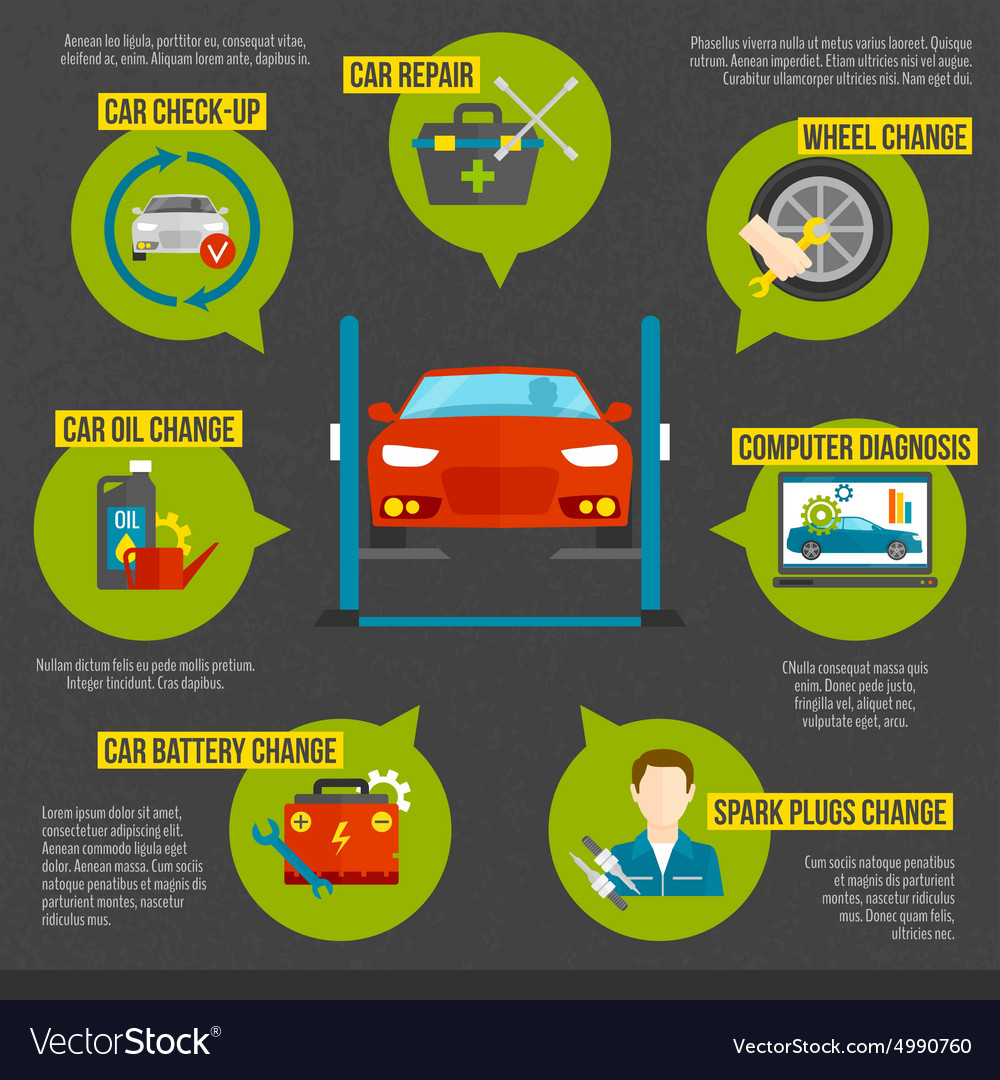Understanding The Importance Of Your Auto'S Warning Signals: What They Really Stand For
Understanding The Importance Of Your Auto'S Warning Signals: What They Really Stand For
Blog Article
Short Article Developed By-Sykes Dalgaard
When you lag the wheel, those radiant warning lights on your control panel can be a little bit perplexing. Do you know what they're trying to inform you regarding your cars and truck's wellness? Understanding the value of these lights is important for your security and the durability of your vehicle. So, the next time one of those lights turns up, would not you wish to analyze its message precisely and take the needed actions to resolve it?
Common Caution Lighting and Interpretations
Identify typical caution lights in your vehicle and comprehend their significances to make certain secure driving.
The most regular caution lights include the check engine light, which signifies issues with the engine or emissions system. If this light begins, it's critical to have your automobile checked immediately.
The oil pressure alerting light indicates reduced oil stress, needing prompt focus to stop engine damage.
A flashing battery light could suggest a faulty billing system, potentially leaving you stranded otherwise resolved.
The tire pressure monitoring system (TPMS) light alerts you to reduced tire stress, influencing lorry stability and gas efficiency. Overlooking this could result in harmful driving conditions.
The ABS light indicates an issue with the anti-lock stopping system, jeopardizing your capability to stop quickly in emergency situations.
Finally, Suggested Looking at advising light warns of engine overheating, which can result in severe damages if not settled swiftly.
Understanding these common caution lights will assist you address concerns quickly and maintain safe driving conditions.
Significance of Prompt Interest
Comprehending the typical warning lights in your automobile is only the primary step; the value of promptly resolving these cautions can't be emphasized enough to ensure your safety when driving.
When a caution light illuminates on your dashboard, it's your auto's way of communicating a possible concern that needs attention. Neglecting these cautions can cause much more severe issues down the road, jeopardizing your safety and security and possibly costing you much more out of commission.
Prompt attention to advising lights can stop failures and mishaps. As an example, a blinking check engine light could show a misfire that, if left ignored, could create damages to the catalytic converter. Resolving this immediately can conserve you from a costly repair.
Similarly, a brake system advising light might signal low brake liquid or worn brake pads, critical parts for your safety when driving.
Do It Yourself Troubleshooting Tips
If you see a caution light on your dashboard, there are a couple of do it yourself repairing tips you can try before seeking professional help.
The very first step is to consult your car's manual to comprehend what the particular caution light shows. Sometimes the concern can be as simple as a loosened gas cap triggering the check engine light. Tightening up the gas cap may settle the issue.
An additional common problem is a low battery, which can activate different warning lights. Checking cardetailingauckland for rust and guaranteeing they're protected might fix the issue.
If a warning light continues, you can try resetting it by separating the car's battery for a couple of mins and then reconnecting it. In addition, checking your vehicle's liquid levels, such as oil, coolant, and brake liquid, can aid repair advising lights connected to these systems.
Verdict
Finally, recognizing your vehicle's warning lights is vital for keeping your automobile running efficiently and securely. By promptly addressing these signals and understanding what they imply, you can avoid expensive repair services and prospective break downs.
Keep in mind to consult your car's guidebook for particular information on each warning light and take action as necessary to make sure a hassle-free driving experience.
Stay educated, stay safe when driving!
